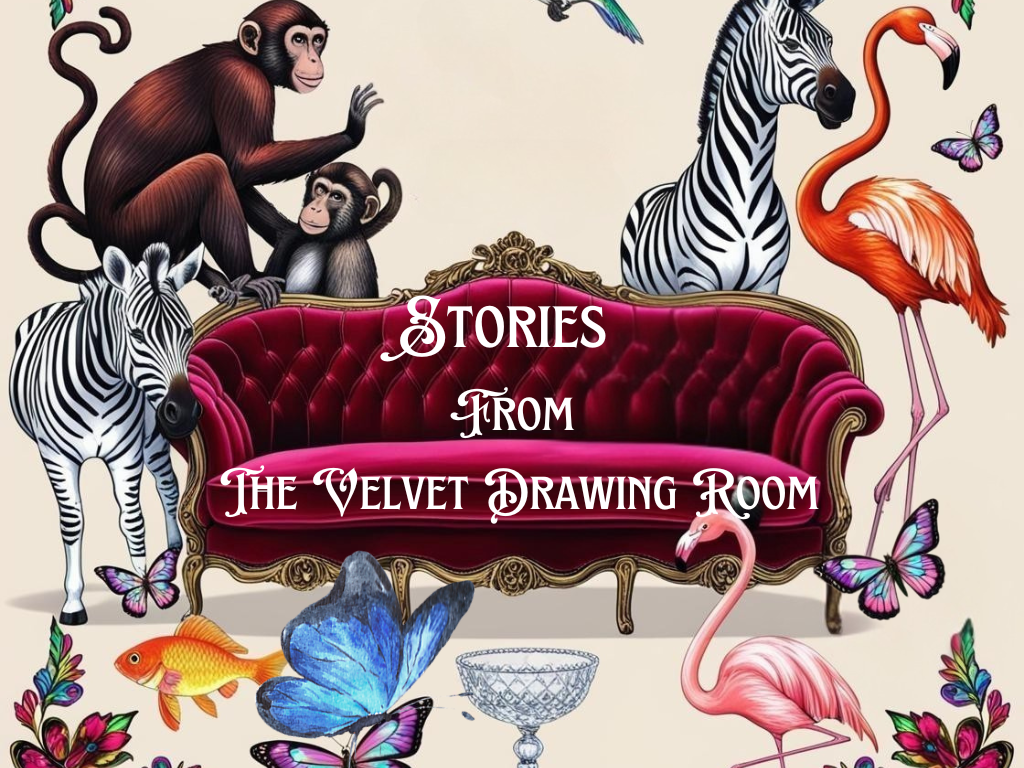Henry James Burton & Son
1850 -1913
120 & 191 Wardour Street, London
Henry James Burton & Son
1850 -1913
The firm of Henry James Burton & Son 1850 – 1913
Henry James Burton Senior was born in 1815 in London, became a celebrated Naturalist Taxidermist and Plumassier.
This firm is known for producing high quality work. It was established first in Hampstead, London in the 1850’s then Marylebone in the 1860’s at Eastcastle Street, Cavendish Place, and then at 120 Wardour Street between 1868-1878 and ultimately at 191 Wardour Street from 1878-1913.
Henry James Burton took an opportunity to bring his business to the centre of trading in the West End of London at 120 Wardour Street in 1868. He lived above the shop with some of his family for at least 10 years up to 1878, after which time he moved to 191 Wardour Street.
191 Wardour Street is where the business of Henry James Burton & Son traded for the next thirty years. Today, this building at number 191 Wardour Street is counted amongst the prime examples of commercial London real estate. Although the retail operation that’s there now is now modern and trashy, if you look past the outward, lurid décor there’s still a handsome building underneath it all.
High Profile Clients
The Burtons created a prominence as a high quality London taxidermists and naturalists along with the likes of their contemporaries Ward, Gardner and Leadbeater. Henry James Burton took advantage of his location in central London which had easy access to the feather markets and he often produced the type of colourful displays of birds found in middle class drawing rooms of the day.
The firm of Henry James Burton & Son had a veritable list of high profile clients including gentlemen and nobility. On the two example labels we can see clients including Mr T. Parkin of Hastings who is known to have made global travels to bring back the species he had hunted, including from Canada, the USA and Australia. T Parkin also sent work to other London taxidermists including James Gardner, and I have an example of Gardner’s work for Parkin amongst my own collection. Another example label shows that Burton’s client was also Lord Breadalbane which dates these particular labels to around 1880 – 1890. A few Henry James Burton cases were sold at Tennants in the UK in 2022, as part of the sale of the James Harrison Collection.
The business of Henry Burton & Son continued at 191 Wardour Street, London until 1913, when Henry James Burton’s youngest son, Walter Burton, died suddenly.


Wardour Street
Wardour Street its history, occupiers and their trades.
Wardour Street is historically important in London and was originally part of the Pulteney Estate which dates back to 1590.
It is part of the Soho area of Westminster that runs by Leicester Square, through Chinatown, and across Shaftesbury Avenue to Oxford Street.
In the second half of the nineteenth century, many buildings in Wardour Street were occupied by antique dealers, furniture-makers and brokers. It is fascinating to study the census records for Wardour Street in Victorian London when in the late 1800s Wardour Street traders had a reputation for passing off modern imitations as original items. By the end of the 1800s, residents and traders from Soho’s original immigrant communities had moved into shops and houses there, the majority of which were French, Italian and Eastern European Jewish.
Wardour Street: an Eclectic Mix
191 Wardour Street: The Burton’s business and residence
It’s fascinating to see that in the 1871 census Henry J Burton is listed in the three storey building at number 191 Wardour Street as a bird and animal stuffer, and that amongst the other professions and persons listed there is a stock taking clerk, a German cabinet maker, a French “Artiste Lyrique” –named Hippolyte Bauche, an Opera Singer born in Paris – and his wife, Augustine a lacemaker, born in Orleans, as well as a Waistcoat Maker, a Picture Dealer and a Brewer’s Servant. That’s quite a mixture. I noted that the Paris-born Luthier Georges Chanot III had a shop and violin-making business at no.157 Wardour Street.
Ten years later, the census of 1881 records Henry J Burton still there, of course, and the building above his shop has a similar eclectic mixture of inhabitants including a jeweller, a police constable, and a milliner, but this time I notice that Henry’s occupation previously described as “bird and animal stuffer” has been replaced by a more sophisticated “Naturalist”. We see that Walter Burton, now age 26yrs, is the only son who is still living with his parents above the shop.
By 1891 Walter has moved out into his own residence, although he still does business at the shop, and we see that William Henry Burton, the abandoned son of Joseph Robert Burton is now living with his elderly grandparents there and is stated as being 17yrs old and is employed as a Tailor.
In the early 20th century Wardour Street became a centre of the British film industry, with the big production and distribution companies having their headquarters in the street. These days its full of restaurants and bars
Burton's Contribution to Ornithology Studies
Burton’s Hummingbird
There are also historical references to “Burton’s Hummingbird” which Adolphe Boucard named after Walter Burton F.Z.S.
Adolphe Boucard (1839 – 15 March 1905) was a French ornithologist and trader in specimens. He concentrated on collecting hummingbirds, and sold scientific bird skins to natural history museums, and he supplied the plume trade. By 1865 he had become a foreign corresponding member of the Zoological Society of London. In 1891 he moved to London and set up a taxidermist company, Boucard, Pottier & Co. He published a Victorian periodical entitled The Hummingbird (1891–95) in which Walter Burton and his hummingbird are named.
Historical Academic References to Henry Burton & Son
According to information offered at the website historicalrarebirds.info Henry Burton & Son was a highly respected firm of naturalists who preserved the rejected 1863 Kent Spotted Sandpiper. The company also sent the 1882 Hertfordshire Rustic Bunting to Lord Lilford and shot and preserved the 1887 Sussex Broad-billed Sandpiper as well as preserving the 1890 Scilly Black Stork.
The firm of Henry James Burton is also mentioned in the Alfred Newton Papers published by Cambridge University (2011). Alfred Newton (1829-1907) was an Ornithologist, and a Professor of Zoology and Comparative Anatomy between 1866-1907. Letters from Henry James Burton to Alfred Newton dated between 1877- 86 are recorded (their references =Add.9839/1B/1438-1439) in the Cambridge University archive.



THE BURTON FAMILY
The Burton Family
Henry James Burton had four sons and one daughter.
Three sons, Walter Burton (b 1855 d 1913), Charles Burton (b. 1845 d. 1922) and Joseph Robert Burton (b. 1842 d. 1909) were trained under their father as naturalists and taxidermists.
Joseph Robert joined the Merchant Navy Reserve Force and ultimately emigrated to New Zealand, working as a Taxidermist at the Museum of Wellington.
Charles emigrated to Australia in the mid-1880s and became the taxidermist at the Museum of Victoria. The two brothers Joseph Robert and Charles maintained their relationship while in New Zealand and Australia, despite the significant distance between them.
The youngest son, Walter Burton stayed in the family business in London and established himself as highly respected naturalist and entomologist, becoming a Fellow of the Zoological Society, and later took over the family business in about 1891 before Henry James Burton Senior died in 1895.
The eldest son, Henry James Burton (b. 1841 d. 1910) became an optician and then a professional photographer in London.
Their sister, Jane Burton (b. 1848 d. 1936) married into a successful family of publishers and lived in Tavistock Square, London.
Discover more from thevelvetdrawingroom.co.uk
Subscribe to get the latest posts sent to your email.




















